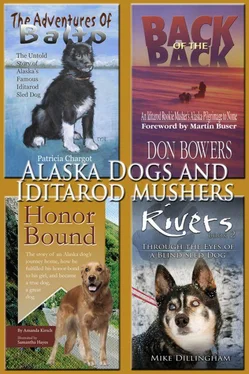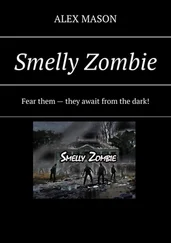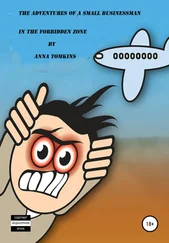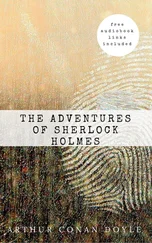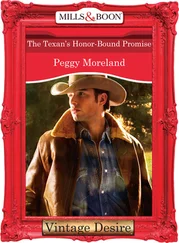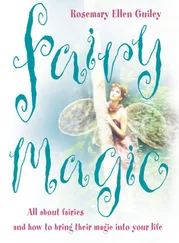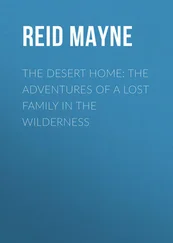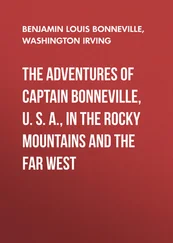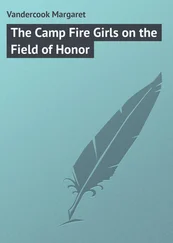I wander over to the New Skwentna Roadhouse (the original, 10 miles up the Skwentna River, was abandoned decades ago) to get my finger bandaged up enough to let me get back to Knik. Inside, most of the mushers are eating, talking, or sleeping. After I get my finger patched, I realize I’m ravenously thirsty and head for the nearest pitcher of ice water. Ron intercepts me and suggests I try Tang instead because it will quench my thirst better; he says it’s long been a favorite of distance mushers.
Half an hour later, after two quarts of the stuff, I have to admit he’s right. For no reason I think of the old Tang astronaut commercials; I can’t think of any activity farther from the high-tech space program than dog driving. I wonder if the Tang company has considered a spot featuring mushers, or what the astronauts would think about this rather more traditional form of voyaging.
I talk with other mushers for awhile until the leaders’ six-hour layovers start to expire. John Barron, a longtime contender in the Iditarod and other races (and previous winner of the Knik 200), whose trails we share around Montana Creek, was the first in and is the first out. We count him and his mushing family, which includes wife Kathy and sons Jason and Laird (both Iditarod veterans) and up-and-coming Will, as good friends. In fact, John has given Barrie and me several fine dogs and lots of advice on mushing that has proven its worth to us over and over. We wish him luck as he heads back down the trail. To me, he — like Ron — personifies the people who make mushing such a worthwhile endeavor, and I am honored to be accepted into such a worthy fraternity (or is it properly also a sorority these days?).
Ron and I finally decide to go out about eight in the morning, which will give us and our dogs a couple of extra hours on top of our mandatory six. We stretch out on the roadhouse floor in front of the stove in a living room full of snoring mushers. We sleep like babies despite the all-night comings and goings of 50 or more people, waking quite refreshed about seven.
Barrie has already hit the trail; Ron and I roll out right at eight. It’s still dark, but the eastern sky already shows a hint of dawn. The run down the river is beautiful as the rising sun gleams through layers of wind-driven clouds over the Chugach Mountains behind Anchorage. Ron eventually stops to readjust his team and tells me to move on. Besides, my dogs are pulling well and I don’t want to interrupt our progress.
About three hours out I pass Barrie, whose team has stopped. Her main leader, Bambi, was cut up pretty badly by a dog in another team only a few miles into the race; she carried Bambi all the way to Skwentna rather than turn around and risk a major catastrophe meeting a fast-moving outbound team on the narrow tree-lined trail. As a result, she’s been running one of her yearlings in lead; as young dogs will do, he finally lost interest and decided to stop, which meant none of the other dogs wanted to go, either. I ask her if she needs any help but she says she’ll just camp and wait them out, continuing on when they’re rested.
My team moves smoothly on down the river into the gathering day. About 40 miles down the river I pull over to the side of the trail and pass out food to the dogs, after which I give them time to lie down and catch some rest. I stretch out on top of my sled bag in the balmy 20-degree temperature and warm sunshine. Before I realize it, almost an hour has gone by. It’s amazing how comfortable sleeping on top of a sled can be; it’s a good thing I’m not really in the competition or I’d have just blown my lead.
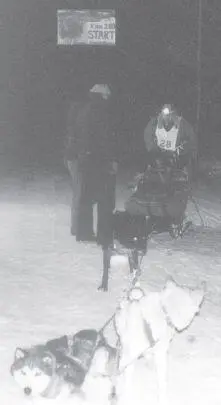
The author finishes the Knik 200, his first distance race, in 20th place.
Refreshed, we continue down the wide Yentna River at a good clip. However, I notice Socks is limping; it’s probably just a sore paw, but rather than risk something major I unhook him and load him in the sled bag, where he very much does not want to be. As soon as we cross the Susitna and start over the hills and swamps, I have to divide my time between helping the team haul the sled over the hills and pushing Socks back down into the safety of the bag.
By the time we pass Flathorn Lake, 35 miles from the finish, the dogs realize they’ve been over this trail before and speed up. We pass half a dozen teams and continue to accelerate. When we start up Nine-Mile Hill (so named because it’s nine miles out of Knik) the dogs roar up it and down the other side as if they had just left the starting line. By the time we hit Five-Mile Swamp, they’re in a dead run, even with 55-pound Socks riding as excess baggage. All I can do is hang on and marvel at their strength and spirit after almost 200 miles on the trail.
As we gain the final ridge above Knik Lake I can see the lights of the finish line through the trees, and so do the dogs. They hit 20 miles an hour headed down the last hill to the Knik Museum, where the trail turns out onto the lake for the final 200 yards to the finish. I catch a glimpse of a team just ahead of us; we’re gaining rapidly until I spill the sled rounding the final corner onto the lake. The 15 seconds it takes me to right the sled and get moving again costs me 19th place, and I finish barely 50 feet behind the other team.
To finish 20th out of 40 in a race like this, especially after I took a couple of extra hours’ layover at Skwentna, is beyond my hopes. Race Marshal Bobby Lee, a friend from my Iditarod flying days, congratulates me on a super run and tells me to go on into the bar, where the awards banquet has just started and a turkey dinner with all the trimmings is waiting with my name on it. Before I do, I toss the dogs a chunk of frozen lamb and hug each one. They’ve shown me and everyone else they’ve got what it takes to do the long haul.
And finally, I go check on Silvertip. He loves riding in little airplanes and probably had a lot more fun on the way back than I did. He’s bouncing with glee to see me, and his injured foot is apparently a thing of the past. I probably could have just left him in the team and run him home from Skwentna, but it wasn’t a call I cared to make.
So ends my first real distance race. I’m tired beyond caring and know I’ll ache for days, but the feeling of satisfaction and accomplishment, as well as pride in my team, is beyond measure. I still have a lot to learn, but now I’m confident I can at least keep things intact during the learning process.
January 7, 1995
Montana Creek, Alaska
Let me tell you about moose. That’s right: those big, lovable, half-ton cows of the forest everyone thinks are so cute and can’t resist photographing. Well, to a musher, moose are the spawn of Satan himself (or herself, if we must scrupulously hew to political rectitude).
Every musher has at least one horror story about these ungainly ungulates (and most have several) ranging from the merely scary to the truly tragic. It seems mushers and moose are doomed by fate to dance forever in a kind of mutually destructive embrace. Indeed, mushers have a perspective on moose shared by few others.
Lots of people have never seen a moose in other than its typical roadside shrub-munching mien. In reality, an outwardly amiable moose can suddenly turn into a 1,500-pound herbivorous transformer toy run amok. Annoyed moose can run at greyhound speeds, knock over fair-sized trees, and tap-dance automobiles into tinfoil for what would seem to be the slightest of provocations. They can also mercilessly stomp animals and even humans: fatalities occur every winter in Alaska, even in downtown Anchorage.
One part of the dilemma arises because Alaska’s moose population is kept artificially high to accommodate hunters, particularly in the Southcentral part of the state. In the old days, bears and wolves kept the moose population to a small fraction of its current bloated level. Nowadays, most of these predators are scarce where they are needed the most. In built-up areas where hunting is prohibited and natural carnivores are all but absent, moose become positively bothersome. Within the environs of urban Anchorage, for instance, more than 1,000 moose wander about like sacred cows in Calcutta, causing problems ranging from shredded shrubbery to tangled traffic to stomped citizens.
Читать дальше
